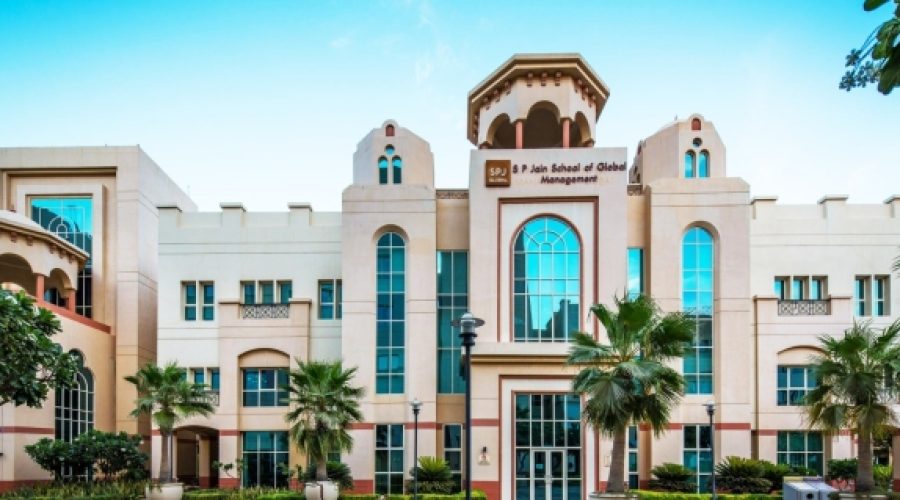Emerging Markets 3.0: Unlocking the Next Wave of Growth Opportunities for Investors and Entrepreneurs
By Dr. Vincent Hooper, Professor of Finance & Area Head – SP Jain School of Global Management
The narrative surrounding emerging markets is undergoing a profound transformation as we move beyond 2025. No longer are emerging markets primarily viewed as hubs for cheap labor or commodity exports. We are entering a new phase—Emerging Markets 3.0—marked by innovation, demographic vitality, and regional reinvention, offering substantial growth opportunities for astute investors.
For portfolio managers in the Gulf Cooperation Council (GCC) countries, recognizing and adapting to these changes is essential for securing long-term returns. Economies such as Indonesia, Vietnam, the Philippines, and Saudi Arabia are emerging as centers of digital innovation and production strength, carving out fresh investment frontiers for the coming decade.
What is “Emerging Markets 3.0”?
The initial wave, Emerging Markets 1.0, was propelled by liberalization and globalization in the 1990s, driven by benchmarks like China’s WTO entry, India’s economic reforms, and Southeast Asia’s rapid industrialization. Emerging Markets 2.0, which spanned the 2000s to early 2020s, benefited from commodity booms and expanding consumer markets.
Emerging Markets 3.0, however, shifts focus from commodity dependence and outsourcing towards technology adoption, improved regulatory frameworks, and demographic advantages, all within a context of intense geopolitical turbulence. "Middle geographies" such as the GCC states, Malaysia, and Türkiye are combining political stability, digital infrastructure, and financial openness, becoming new hubs of growth and innovation.
Cities beyond traditional centers like Bangalore and Shenzhen—such as Riyadh, Ho Chi Minh City, and Jakarta—are transforming into vibrant entrepreneurship hotspots in fintech, health-tech, clean energy, and digital public goods. These cities are attracting capital and enhancing their positions within global value chains. The youthful global populations concentrated in parts of Asia, Africa, and the Middle East provide dynamic momentum to these emerging growth engines.
Why GCC Investors Should Take Note
GCC sovereign wealth funds and family offices have already diversified into Asia, Africa, and frontier asset classes like infrastructure and venture capital. Yet, these newer investments require a more sophisticated approach. Risks are increasingly geopolitical and regulatory—covering governance quality, cybersecurity, and sustainable transitions—not just market-driven.
Success in Emerging Markets 3.0 demands deep expertise not only in economic metrics but also in political risk, social stability, and institutional robustness. For GCC managers handling billions in assets, the ability to navigate this complexity will distinguish leading performers.
Education Leading the Way
Institutions like SP Jain School of Global Management play a critical role by offering a Global MBA that bridges theory and practice in emerging markets investing. The curriculum equips professionals with skills in geopolitical risk analysis, behavioral finance in volatile contexts, and sustainable leadership. Students gain hands-on experience studying in financial hubs such as Dubai, Singapore, and London, exposing them to both emerging and developed markets.
With campuses in Dubai, Singapore, Sydney, and Mumbai, SP Jain reflects the global diversity and market complexity investors must master. The program cultivates leaders prepared to capitalize on the full potential of Emerging Markets 3.0.
Rethinking Investment Strategies
Investing in Emerging Markets 3.0 calls for a new mindset. It transcends reliance on mainstream indices and headline-driven decisions, favoring long-term, locally nuanced strategies. Once-considered frontier markets like Kenya, Malaysia, and Vietnam are evolving into innovation and resilience centers underpinned by solid growth fundamentals.
While digital adoption and green energy transitions present promising opportunities, they also introduce regulatory and cybersecurity challenges that require vigilance and proactive engagement. Investors must balance rapid growth potential with a thorough understanding of risks, adapting governance and oversight mechanisms accordingly.
Looking Forward
The next decade will be pivotal for GCC investors, driven by education, insight, and agility. Emerging Markets 3.0 signify more than growth—they represent transformation in economies, societies, and investment approaches. Those willing to innovate, learn, and adapt will unlock considerable opportunities.
As emerging markets evolve, institutions such as SP Jain will continue preparing professionals to navigate complexity and uncertainty. With education grounded in real-world exposure and global networks, the future of investing in emerging markets is both promising and accessible.
For GCC portfolio managers, the imperative is clear: the next wave of growth lies in understanding Emerging Markets 3.0—not by attempting to predict every risk, but by developing the capability to manage these intelligently and proactively.
Special Analysis by Omanet | Navigate Oman’s Market
The shift to Emerging Markets 3.0 signals a strategic pivot for businesses in Oman to focus on innovation, technology, and resilient economies rather than traditional commodity reliance. For smart investors and entrepreneurs, opportunities lie in embracing digital transformation, sustainable initiatives, and regional partnerships across the GCC and emerging Asian and African hubs while managing geopolitical and regulatory risks with agile, informed strategies. Education and deep market expertise will be critical differentiators for long-term success in this evolving landscape.



